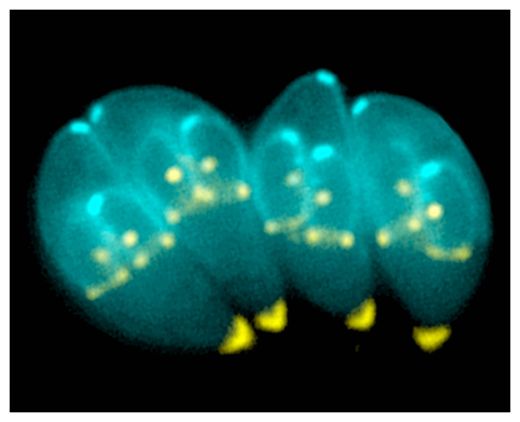"...it takes much more than logic and clear-cut demonstrations to overcome the inertia and dogma of established thought." - Irving StoneIrving Stone was an early thinker and writer about vitamin C (its scientific name is ascorbic acid). He knew it would be an uphill battle to change the way the medical profession viewed vitamin C. While most doctors accept that scurvy is a vitamin C deficiency illness, few have made the rather humongous jump to seeing high dose intravenous vitamin C as a major player in the management of cancer.
There is actually a wide spectrum of medical uses for vitamin C. Evidence exists documenting it as the best antiviral agent now available ... IF used at the proper dose. Vitamin C can neutralize and eliminate a wide range of toxins. Vitamin C will enhance host resistance, greatly augmenting the immune system's ability to neutralize bacterial and fungal infections. Now the National Institutes of Health has published evidence demonstrating vitamin C's anti-cancer properties. With so many medical benefits, why do so few doctors know of them?
One explanation stems from ascorbic acid's designation as a "vitamin." Consider Dorland's Illustrated Medical Dictionary's definition of vitamin: A general term for a number of unrelated organic substances that occur in many foods in small amounts that are necessary in trace amounts for the normal metabolic functioning of the body. As a vitamin, only a minuscule 60 mg of ascorbic acid is needed to prevent the emergence of scurvy symptoms. As a medical treatment for cancer and life-threatening infections and toxic exposures, tens of thousands of milligrams of ascorbic acid must be administered, often by the intravenous (IV) as well as the oral route.












Comment: For more information on the benefits of vitamin C, please read:
Vitamin C Prevents Radiation Damage
Two Vitamin C Tablets Every Day Could Save 200,000 Lives Every Year
High-Dose Vitamin C Therapy Proven Effective
Pauling's last legacy: a unified theory of cardiovascular disease
200 Reasons To Love Vitamin C